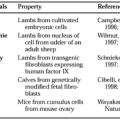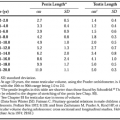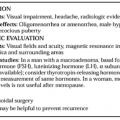ANGIOTENSIN METABOLISM
Of the several active angiotensins, A-II is the most important. The enzymes that are most active in degrading angiotensin are the aminopeptidases (Fig. 79-5). Glutamyl aminopeptidase cleaves A-II to form A-III (A2–8), and arginyl aminopeptidase cleaves A-III to A-IV (A3–8)38 Although A3–8 doeees not have major pressor activity, it does increase cGMP levels and may have central effects.38 The amino-terminal heptapeptide, A1–7 [des-phe8], which is formed directly from A-I by several tissue endopeptidases or by ACE,39 can stimulate the release of arginine vasopressin (AVP), vasodilator prostaglandins, bradykinin, and nitric oxide.39,40 Most angiotensins have a very short duration of action and undergo enzymatic degradation and endocytosis. The AT1 receptor can mediate intracellular transport of A-II and the ligand-receptor can also be internalized. The acute inhibition of ACE decreases levels of A-II, but chronic inhibition therapy may not suppress A-II, although it does raise levels of A1–7 (a competitive inhibitor of A-II); this phenomenon possibly explains the long-term antihypertensive effects of ACE-I.39,40
Stay updated, free articles. Join our Telegram channel

Full access? Get Clinical Tree






